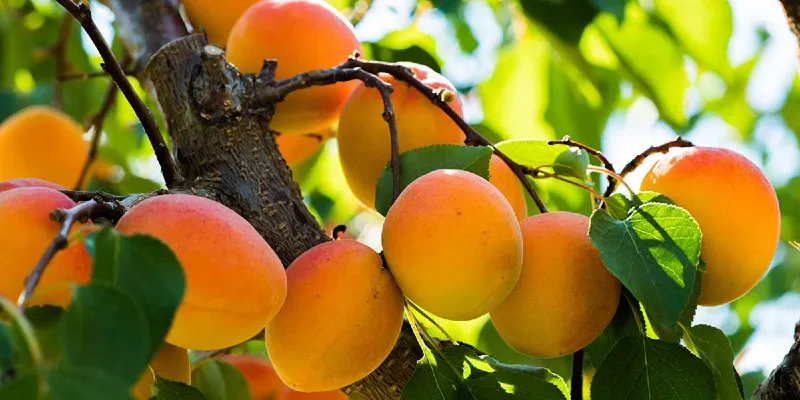No products added!
- Home
- Shop by Concern
- Vegan
- Skin
- Hair
- Lip
- Foot
- Baby
- Oils
- Combos
- About
Menu
- Home
- Shop by Concern
- Vegan
- Skin
- Hair
- Lip
- Foot
- Baby
- Oils
- Combos
- About
Menu
0
No products added!

Apricot
Synonyms: Apricock, Armeniaca vulgaris
Scientific Name: Prunus armeniaca L.
Family: Rosaceae (Rose Family)
Habitat
Native of northern China
between Essaouira and Agadir
Description
Orange-yellow in color, soft and downy to the touch, enticingly scented, and then the transformation of the sweet flesh of the fresh fruit to a jam with just a hint of acidity–once you’ve experienced apricots like this you will never be able to resist them again. From the middle of June onwards fresh apricots will be here again to tempt our palate with numerous culinary delights. The apricot tree can grow to a height of 33 feet (10 meters). Its velvety, pinkish flowers often appear as early as at the end of March, even before the new leaves have begun to grow. The one-year shoots are green or red in color, their bark only becoming dark brown in the second year.
Uses
Apricots have a lot to offer. Through their high carotenoid content they are said to support the immune system, protect the skin and support healthy the arteries. The vitamin B3 (niacin) in apricots supports nerve health, folic acid supports healthy red blood cell production and cell renewal. Apricots help smooth and fortify skin and hair.
Because of its subtle scent and good stabilty apricot kernel oil is often used as a base for skin care products. Its positive effect on the moisture content of the skin makes it particularly beneficial for dry and sensitive skin. It makes the skin feel soft and supports skin firming and renewal.
Interesting Facts
The word apricot is derived from the Latin ‘praecoces’ – early ripening fruit. This name was given to the apricot by the Romans because of its early flowering and fruiting compared with other members of the rose family. The second part of the apricot’s scientific name is also of Roman origin. When Lucullus brought this fruit from Syria in the first century BC he called it ‘malus armeniaca’: Armenian apple.
The apricot is described as one of the oldest cultivated fruits and is said to have existed in northern China as early as 4000 years ago. The golden yellow fruit spread via the Silk Road to Syria and from there to the Roman Empire.
In the Hunza kingdom – the north Pakistani Hindu Kush – varieties of apricots are grown which are said to closely resemble the original form. The regular consumption of apricots, either fresh or dried, is thought to be one of the things responsible for the strength and remarkable health of the Hunza people.
The apricot’s constituents are more typical of a vegetable than a fruit. No other fruit contains such large amounts of carotenoids, minerals and fiber. 3 1/2 oz (100 g) fresh apricots – one to three fruits depending on their size – provide the 2 mg daily requirement for carotenoids recommended by the German Society for Nutrition (DGE). In Asia, apricot kernels are eaten like almonds. For this, the stone is removed from the ripe apricot and cracked open to reveal the apricot kernel. Apricot kernels are also used to make an apricot kernel paste used as a substitute for marzipan and pressed to obtain apricot kernel oil.
The Plant in our Products
Bask in Nature’s products containing Ingredients from Cacao Tree :
-
₹515 – ₹625Select options This product has multiple variants. The options may be chosen on the product page
-
₹275 – ₹495Select options This product has multiple variants. The options may be chosen on the product page
-
Rated 5.00 out of 5(13)₹545Select options This product has multiple variants. The options may be chosen on the product page